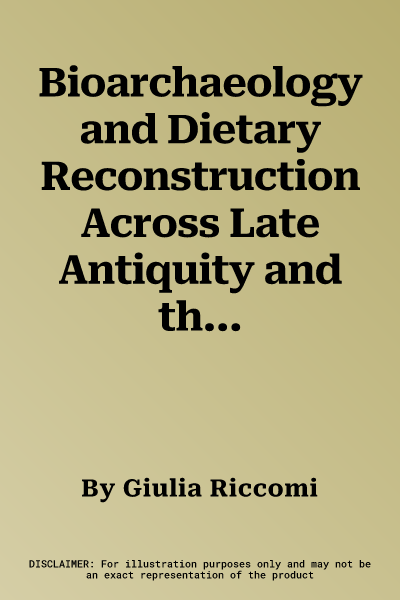Bioarchaeology and Dietary Reconstruction across Late Antiquity and the
Middle Ages in Tuscany, Central Italy presents the results of the first
multidisciplinary bioarchaeological analysis to reconstruct living
conditions in Tuscany between Late Antiquity and the Middle Ages. This
was done through the examination of stress markers, including adult
stature, periosteal reaction, cranial porosities, and linear enamel
hypoplasia, and through palaeodietary reconstruction in order to explore
the effects of socio-cultural and environmental factors in a diachronic
perspective. The shift from Classical to Medieval times has long left
its mark on the European historical consciousness. Nevertheless, the
impact of this transition on living conditions and dietary practices
remains a subject of debate, with a prevailing perception of these 'Dark
Ages' as an impoverished phase following the collapse of the Roman
agrarian villa system, particularly in the Mediterranean area. This
volume analyses bioarchaeological data from three sites in Tuscany, in
the former core of the western Roman Empire and potentially most
vulnerable to the major socio-political constraints of the first
millennium AD, to provide a corrective view, which begins to show how
communities perceived and reacted to changes during the passage to
post-Classical times.

